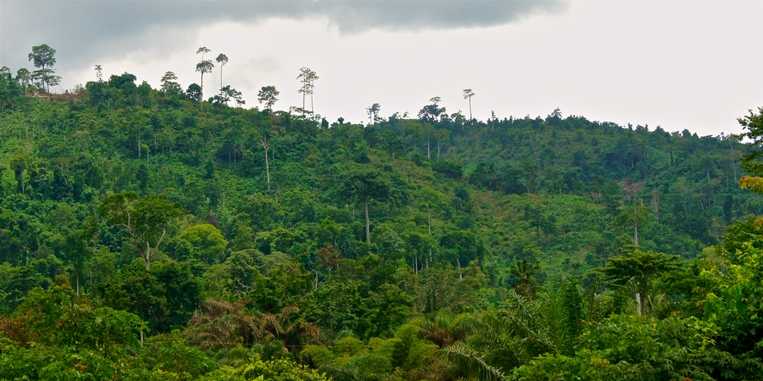Trade-offs in Cocoa Agroforests
Crop production in agroforests is often believed to create a win-win scenario for the provision of agricultural production, ecosystem services and conservation. By preserving or providing important ecosystem services agroforests may improve agricultural and ecological sustainability, while at the same time providing habitat for the maintenance of a diverse flora and fauna.
Cocoa production in West Africa is an important test case for the effectiveness of agroforests to meet these goals. Cocoa yields are threatened by degraded soils, pathogens, aging plantations, and climate change, while the lack of primary forest in major cocoa producing regions makes the conservation potential of agroforests critically important. Nevertheless, despite its often-stated potential, the extent to which agroforests can meet both agricultural and conservation goals - and just how much “forest” is required in a cocoa agroforest - remains a key empirical unknown.
Our research redresses this issue by combining comprehensive measurements of cocoa yields, ecosystem services (soil fertility, carbon sequestration, microclimate mediation), and biodiversity in paired monoculture-agroforestry plots along a gradient of shade-tree density in a major cocoa producing region in Ghana, West Africa. Our focus on gradients of shade-tree density in existing smallholder farms, and on multiple variables across the full suite of those believed to be affected by agroforests, will allow us to describe where trade-offs in the effects of agroforests emerge, and to identify the levels of shade-tree abundance that may provide the best opportunities for win-win scenarios.
For further information contact Johan Six ().


